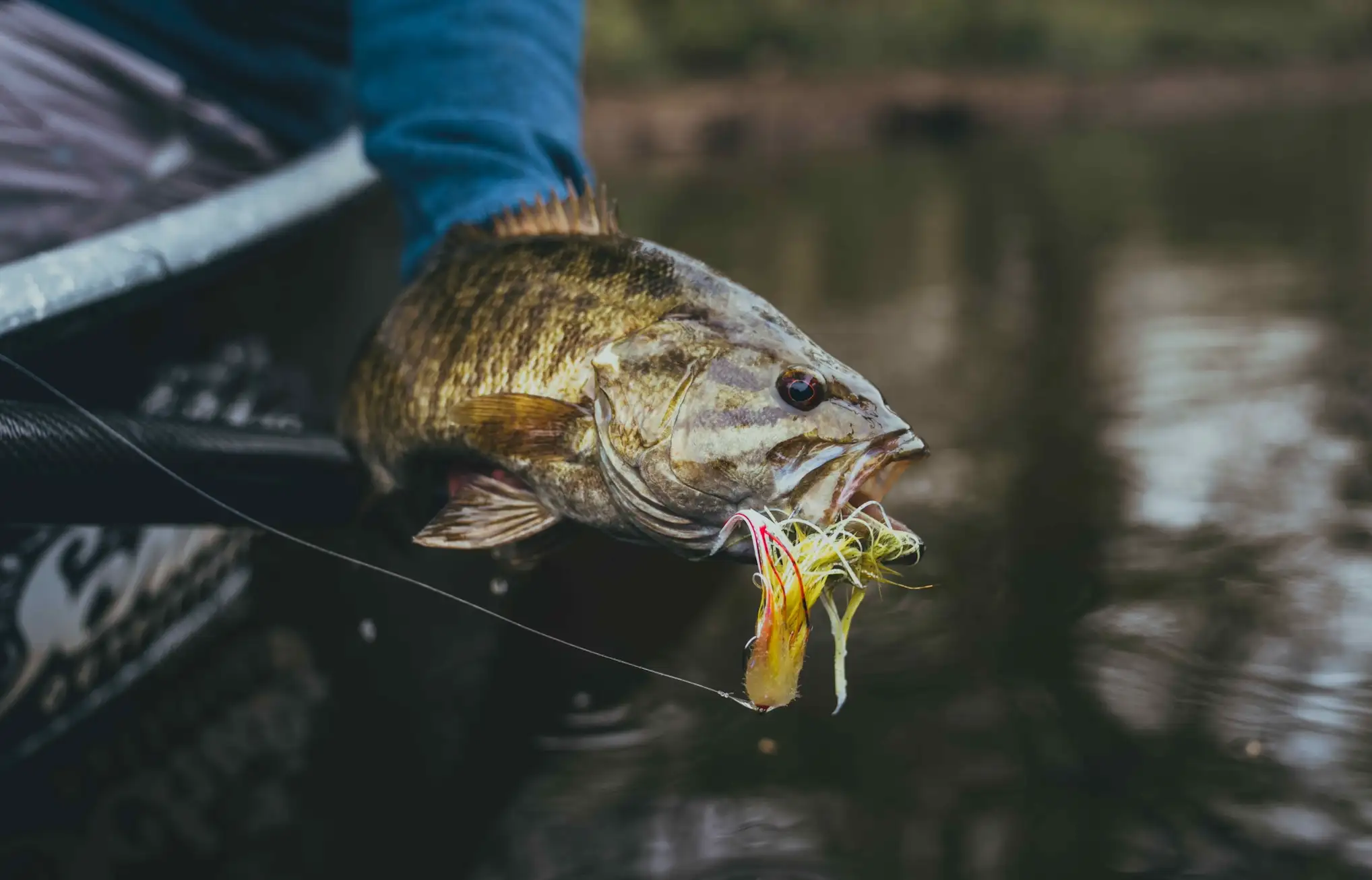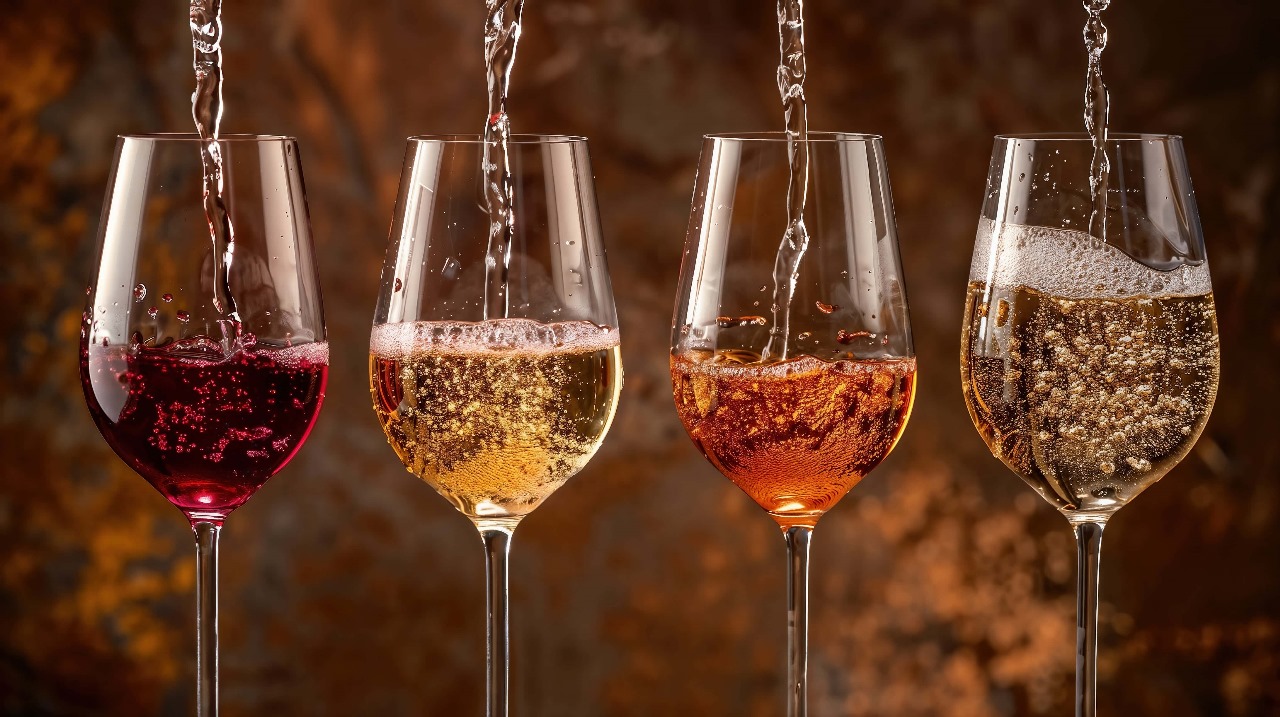
Understanding Fly Fishing for Bass
When it comes to freshwater angling, Fly fishing for bass offers a unique blend of challenge and excitement. Unlike traditional spinning or baitcasting techniques, fly fishing relies on precision, presentation, and a delicate approach that mimics natural prey. Anglers pursuing bass with a fly rod must understand the habits, feeding patterns, and preferred habitats of these aggressive fish to maximize their success. Whether you are targeting largemouth, smallmouth, or spotted bass, choosing the right gear and flies is crucial for a productive day on the water.
Selecting the Right Fly Rod and Reel
Choosing the appropriate rod and reel setup is the foundation of successful fly fishing for bass. Most bass anglers prefer a 7 to 9-weight rod, which provides the strength needed to cast larger flies and handle the fight of a strong bass. A durable, smooth drag reel is essential to prevent line breakage and help control the fish during the battle. Pairing your rod and reel with a weight-forward floating line or a sink-tip line depending on water conditions will enhance casting accuracy and improve your chances of enticing a bass to strike.
Essential Fly Fishing Lines and Leaders
The line you choose can make a significant difference in your fly fishing for bass experience. Floating lines are ideal for surface presentations and shallow water, while sink-tip lines are better suited for deeper bass hiding near structures. Leaders should be strong yet flexible, typically ranging from 9 to 12 feet in length, with a tippet size that balances strength and subtlety. Fluorocarbon tippets are often preferred due to their low visibility underwater, giving you an edge when casting in clear waters where bass can be easily spooked.
Top Flies for Fly Fishing for Bass
Flies are the centerpiece of any fly fishing for bass expedition. Popular patterns include poppers, streamers, and crayfish imitations. Poppers work exceptionally well during early morning or late evening surface activity, creating enticing splashes that trigger aggressive strikes. Streamers such as woolly buggers or deceivers mimic baitfish and can be fished near docks, weed beds, or submerged structures. Crayfish patterns are effective because bass often prey on these crustaceans in rivers and lakes, especially in rocky or shallow areas. Matching the hatch and understanding local forage can dramatically increase your catch rate.
Techniques to Improve Your Bass Catch
Mastering techniques is vital for successful fly fishing for bass. Topwater presentations require patience and precision, often necessitating short, controlled casts to avoid spooking fish. Stripping streamers with varying speeds imitates the erratic movement of prey, triggering reaction strikes from bass lurking in deeper water. Incorporating pauses, twitches, and occasional long pulls can simulate injured prey, making your fly irresistible. Observing water temperature, weather, and time of day also plays a significant role in determining the most effective technique.
Tackle Accessories and Extras
Having the right accessories complements your fly fishing for bass setup. Polarized sunglasses help reduce glare, allowing you to spot bass in their natural environment. Fly boxes with organized compartments ensure quick access to your most effective flies. Landing nets, forceps, and line clippers are essential for safely handling fish and maintaining gear. A well-equipped tackle bag ensures that you have everything necessary for an extended day on the water without interruptions.
Seasonal Considerations for Bass Fly Fishing
Seasons and weather patterns influence fly fishing for bass significantly. Spring often sees bass moving into shallow waters for spawning, making surface flies highly effective. Summer may require deeper presentations as bass seek cooler, shaded areas, while fall brings active feeding before winter dormancy. Winter bass can be sluggish, demanding smaller, slower-moving flies for success. Understanding these seasonal patterns allows anglers to adapt their techniques, gear, and fly selection to match bass behavior throughout the year.
Conservation and Responsible Fishing Practices
Practicing ethical angling is essential for sustainable fly fishing for bass. Catch-and-release methods help preserve local populations, and handling fish gently ensures their survival after release. Avoiding sensitive habitats, minimizing disturbance, and using barbless hooks can protect the ecosystem while maintaining the thrill of the sport. Following local regulations regarding size limits and bag restrictions contributes to the long-term health of bass fisheries, ensuring future generations can enjoy the sport.
Conclusion
Success in fly fishing for bass depends on a combination of skill, the right gear, and knowledge of bass behavior. Selecting the best rod, reel, line, and flies, along with mastering effective techniques, maximizes your chances of landing trophy fish. Seasonal awareness, proper tackle accessories, and responsible fishing practices further enhance your experience. By investing time in learning and preparation, anglers can fully enjoy the excitement, challenge, and satisfaction that comes with fly fishing for bass in rivers, lakes, and streams across the country.




